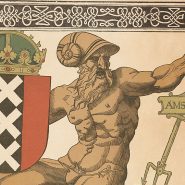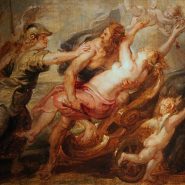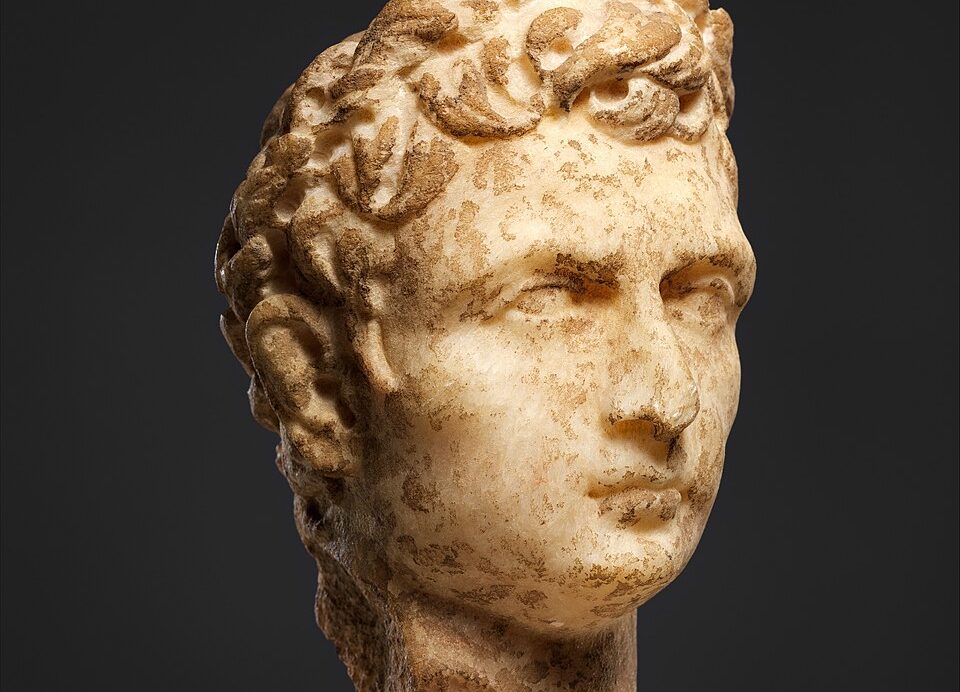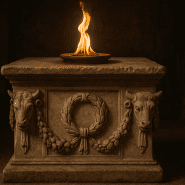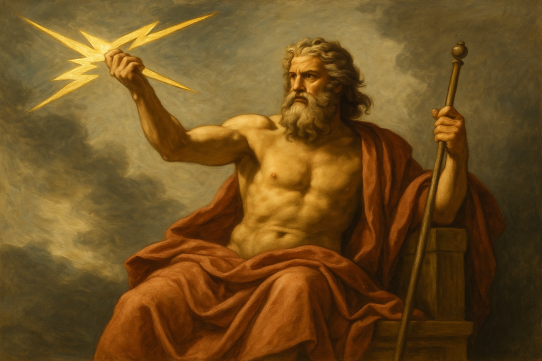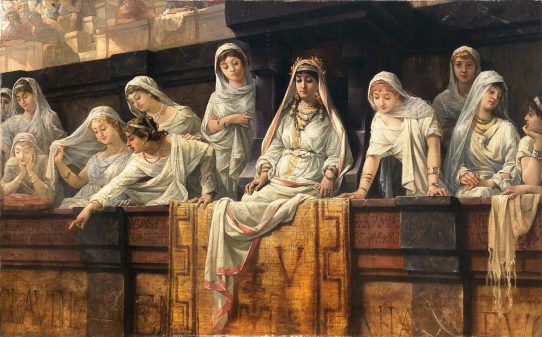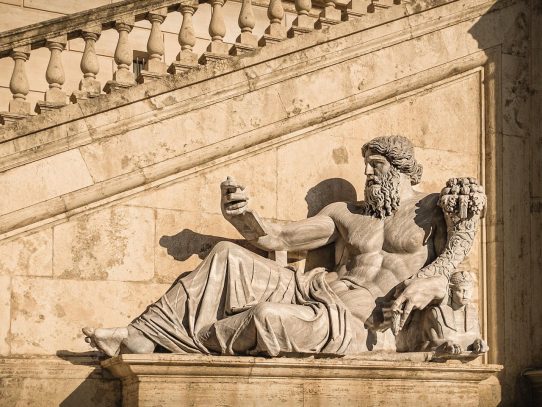Introduction
In the grandeur of ancient Rome, few symbols captured victory and divine favor as elegantly as the laurel wreath. Worn by emperors, poets, and generals alike, it was not merely an adornment but a sacred emblem of achievement, endurance, and connection to the gods. The wreath’s evergreen leaves, plucked from the sacred laurel tree, became a living metaphor for eternal honor and the immortality of fame.
Mythological Origins
The laurel’s symbolic power originated in Greek mythology, later adopted and expanded by the Romans. According to legend, the nymph Daphne was transformed into a laurel tree to escape the god Apollo’s pursuit. Heartbroken, Apollo declared the tree sacred, vowing to wear its leaves as a crown in her honor. This myth established the laurel as a symbol of love sublimated into eternal glory — a motif that resonated deeply with Roman ideals of destiny and virtue.
When Rome absorbed much of Greek culture, the laurel became one of its most treasured symbols. It adorned the brows of heroes returning from war and the heads of poets crowned at festivals. For the Romans, it was not just a decoration but a statement of divine approval and earthly excellence.
Symbolism in Roman Culture
The laurel wreath came to represent multiple layers of meaning within Roman society. Its most obvious association was victory: generals who celebrated triumphs through the streets of Rome wore golden laurel wreaths as they paraded their conquests before the people. This connection to martial success elevated the symbol into the highest echelons of imperial imagery.
Yet beyond war, the laurel was also a mark of intellectual and spiritual victory. Poets such as Virgil and Ovid were metaphorically crowned with laurel through their literary accomplishments, linking creative mastery with divine inspiration. The wreath thus unified Rome’s dual ideals — strength and intellect — under a single, timeless emblem.
Moreover, because the laurel tree was evergreen, it represented immortality and renewal. Its leaves did not wither with the seasons, mirroring the Roman belief that true glory endures beyond death. The laurel wreath was, in essence, a promise of remembrance.
Ritual and Religious Significance
In Roman religious practice, laurel leaves were burned as offerings to the gods, especially Apollo, Jupiter, and Mars. Temples were often decorated with laurel branches during festivals and ceremonies, symbolizing purification and divine favor. Priests would wear laurel wreaths during rituals to embody spiritual authority and invoke the gods’ presence.
The laurel was also believed to ward off evil and bring protection. During times of plague or disaster, Romans placed laurel branches at their doors or carried them during processions, invoking Apollo’s power to cleanse and heal. In this sense, the laurel was both ornamental and protective — a sacred shield woven from nature itself.
The Laurel and Imperial Power
Perhaps no image defined the imperial age more than the emperor crowned with a laurel wreath. Augustus, the first emperor of Rome, was famously awarded a civic crown of laurel and oak for restoring peace to the empire. His successors adopted the practice, linking their authority to divine sanction. On coins, statues, and mosaics, the laurel wreath became synonymous with the might and legitimacy of Rome’s rulers.
The phrase “to rest on one’s laurels” originates from this tradition — a warning against complacency, drawn from the idea that one’s past victories should not replace ongoing excellence. In this way, the laurel continued to symbolize active virtue rather than passive pride.
Legacy and Modern Influence
Even after the fall of Rome, the laurel’s meaning endured across centuries. Medieval scholars and Renaissance artists revived it as a sign of learning and poetic excellence. To this day, the term “laureate” — as in “poet laureate” — preserves its ancient lineage.
In modern imagery, the laurel wreath remains a global emblem of success, appearing in Olympic medals, academic seals, and even corporate logos. Its power lies in its simplicity: two intertwined branches forming a circle of eternal triumph.
Conclusion
The laurel wreath, rooted in myth and sanctified by centuries of use, stands as one of the most powerful symbols of Rome’s enduring legacy. It speaks of victory without arrogance, divinity without excess, and immortality without death. To wear the laurel was to become part of a story larger than oneself — one that continues to crown humanity’s pursuit of excellence.
